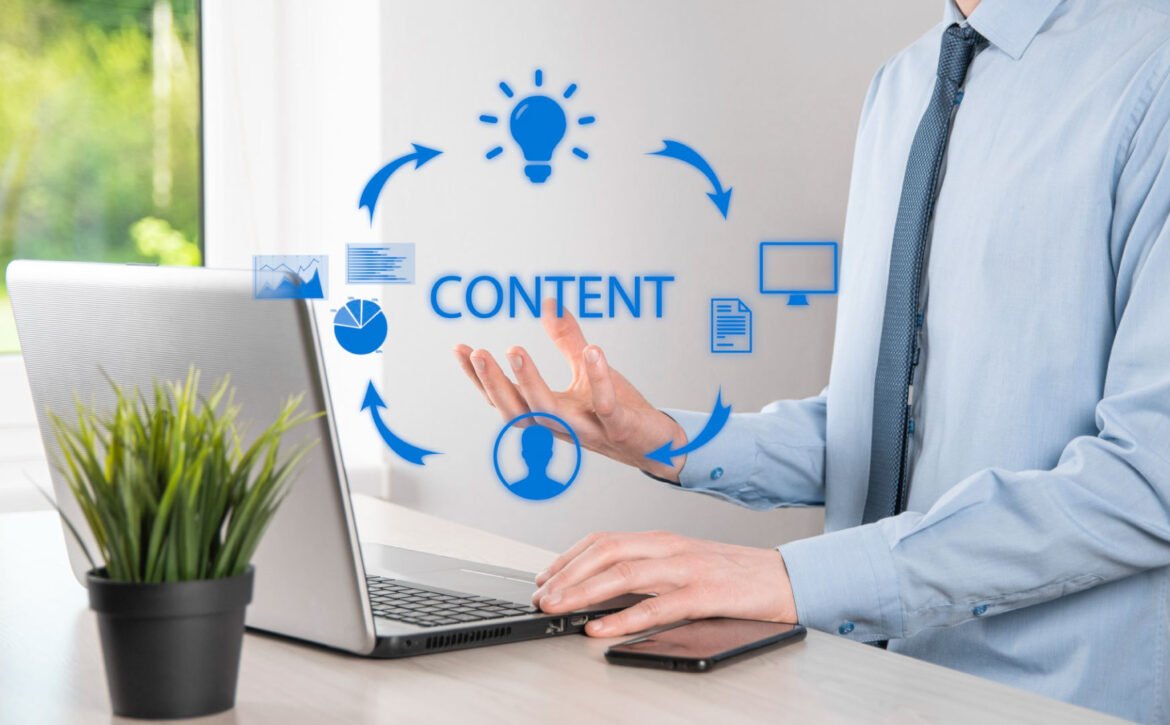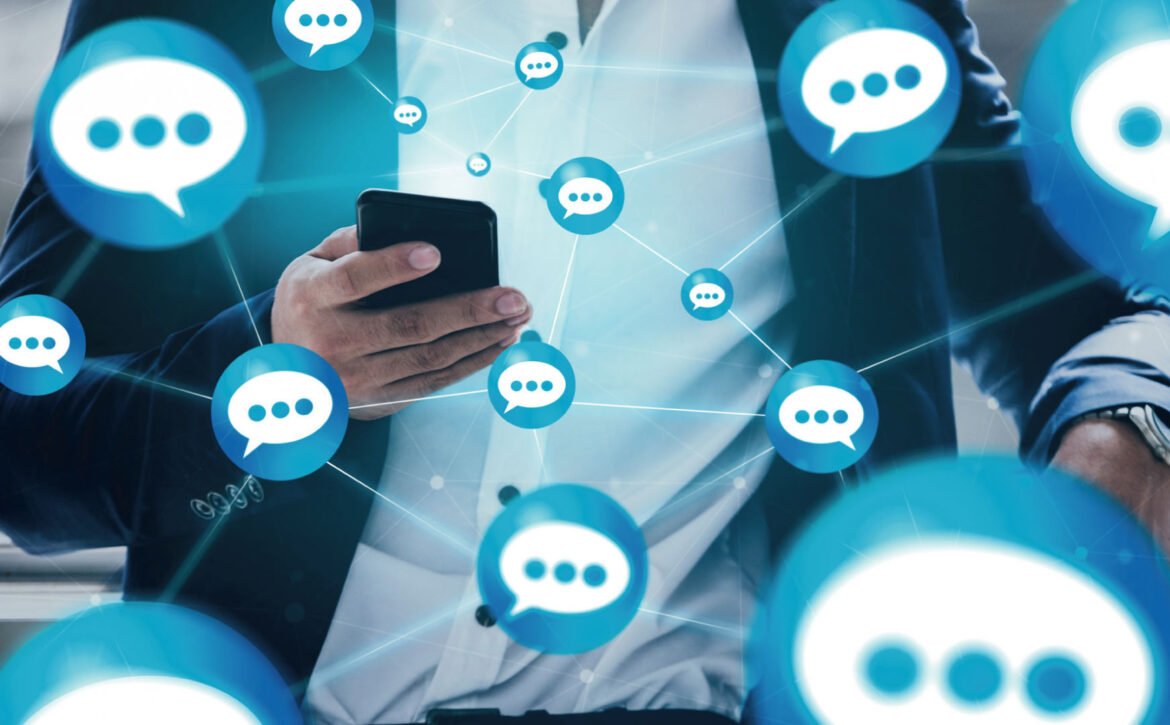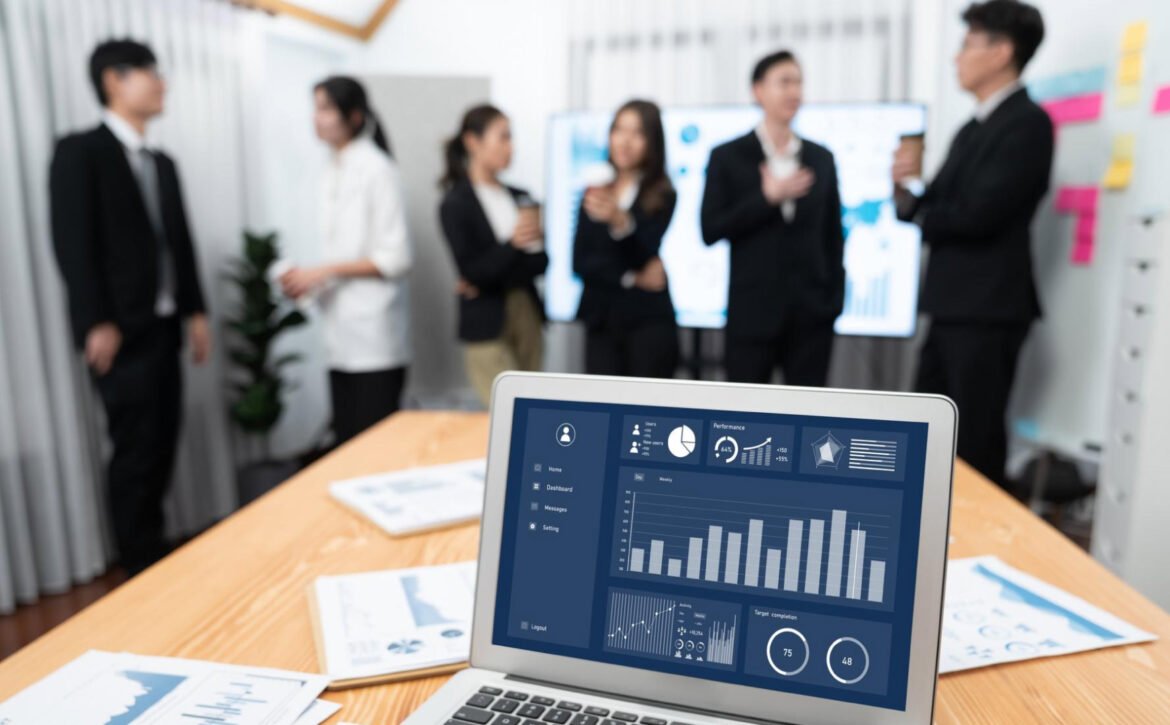Harness the Power of Content Syndication
Tired of content that falls flat? Unlock the power of content syndication!
B2B content syndication has been recognized as one of the key tools of B2B marketing strategies. In addition to lead generation, syndication also helps organizations to amplify the distribution of their content, which effectively positions brands as authorities in the respective fields. However, in order to realize its full potential, there must be strategic planning that takes into consideration target audience, business objectives, and distribution channels. This article goes deeper into comprehending different facets of content syndication, including its advantages, approaches, and ways of attaining quantifiable results.
1. The Business Case for Content Syndication
2. Key Benefits of Content Syndication
2.1 High-Quality Lead Generation
2.2 Improved Content ROI
2.3 Enhanced SEO and Traffic
2.4 Faster Market Penetration
3. Effective Content Syndication Strategies
3.1 Select the Right Platforms
3.2 Align Content with Buyer Journeys
3.3 Use Gated Content Wisely
3.4 Leverage Data for Precision
3.5 Monitor and Mitigate Risks
4. Measuring the Success of Content Syndication
5. Real-World Applications of Content Syndication
6. The Future of Content Syndication
Conclusion
1. The Business Case for Content Syndication
Content syndication is a way of republishing or redistributing your content on other sites that will foster its visibility. It works perfectly for the marketing of high-value materials like whitepapers, eBooks, webinars, and blog posts in front of a highly defined audience. Syndication is especially powerful for B2B organizations because it delivers on three critical fronts:
- Audience Expansion: Syndication helps brands penetrate niche markets by leveraging established platforms that already attract their target demographic.
- Lead Generation: When paired with gated content, syndication can generate high-quality leads that fit specific buyer personas.
- Brand Authority: Consistently publishing valuable content on credible platforms reinforces your brand’s expertise and thought leadership.
2. Key Benefits of Content Syndication
2.1 High-Quality Lead Generation
Syndicated content is suitable for reaching stakeholders, such as decision-makers and influencers, at various stages of the B2B funnel. It is possible to segment the audience with industry, job position, company size, and geographic location to ensure that only the most relevant people engage with your content. Furthermore, gated syndication campaigns help generate targeted leads’ contact data for nurturing purposes.
2.2 Improved Content ROI
Content creation is time-consuming and consumes a lot of resources. Syndication enhances the value of these assets, given that they can cross over onto other platforms and audiences without suffering from over-repetition. This increases the effectiveness of the content marketing strategy by maximizing the returns achieved for the resources used in creating this content.
2.3 Enhanced SEO and Traffic
Syndication is a strategic way to increase its ranking by directing backlinks from other reputable websites. In relation to content syndication, if readers are able to go back to the original site, more people will be able to visit your site, hence improving on the rank that you are obtaining on the SERP.
2.4 Faster Market Penetration
Syndication is particularly important for companies that are yet to establish themselves in certain markets or sectors or companies that are introducing new products to the market. Working with platforms that are specific to narrow audiences can help introduce the brand faster and ensure a quicker, superior time to market for the campaigns.
3 Effective Content Syndication Strategies
Content syndication is much more than simply the redistribution of content, and these will help to invite others to use it. Here are some advanced strategies to consider:
3.1 Select the Right Platforms
It may seem obvious, but it is important to recognize that not all syndication networks are of equal quality. Consider the possibilities to judge the appropriateness of the platform in terms of the target audience, its size, and its credibility in the specific field. Some of the common syndication channels for B2B marketers are LinkedIn, Outbrain, Taboola, and niche-centric magazines like TechTarget or IDG.
3.2 Align Content with Buyer Journeys
Different stages of the buyer journey demand different types of content. For example:
- Top-of-Funnel: Educational blog posts, industry insights, and trend reports.
- Middle-of-Funnel: Webinars, case studies, and product comparison guides.
- Bottom-of-Funnel: ROI calculators, customer testimonials, and free trials.
Ensure that your syndicated content matches the needs of your target audience at each stage.
3.3 Use Gated Content Wisely
Even though gating content can help identify the right audience, it is best to use it sparingly. Topics that can be best fitted for gating are those that contain information on how to approach some difficult problems or provide exclusive information. Basic informational pieces, on the other hand, should not be gated as they want to achieve as much traffic and interaction as possible.
3.4 Leverage Data for Precision
In most cases, content syndication networks come with detailed audience reports and segmentation capabilities. Implement these statistics to increase campaign relevancy, compare various headlines and organizations, and enhance profitability over time.
3.5 Monitor and Mitigate Risks
Though syndication holds many advantages, one should beware of the problems associated with its usage, namely the presence of duplicated material. It is also very important to make sure correct canonical tagging and link attribution to the original content as per the SEO standards.
4. Measuring the Success of Content Syndication
To ensure your syndication efforts deliver tangible results, establish clear KPIs aligned with your goals. Metrics to track include:
- Lead Quality: Analyze the conversion rates and sales-readiness of leads generated through syndication.
- Engagement Metrics: Monitor time on page, click-through rates (CTR), and bounce rates to assess content performance.
- Brand Visibility: Measure impressions and social shares to understand the broader impact of your campaigns.
- ROI Analysis: Evaluate the cost per lead (CPL) and the lifetime value (LTV) of customers acquired through syndication efforts.
5. Real-World Applications of Content Syndication
Several industry leaders have effectively leveraged content syndication:
- Salesforce: By syndicating thought leadership articles on platforms like Forbes and CIO.com, Salesforce consistently reinforces its status as a CRM authority while driving traffic to its resources.
- HubSpot: The company uses gated content syndication extensively to distribute its eBooks and whitepapers, generating qualified leads at scale.
- IBM: Through niche platforms and co-branded webinars, IBM targets specific industries, such as finance and healthcare, to introduce tailored solutions.
6. The Future of Content Syndication
However, in the current digital marketing practices, content syndication is shifting to being more data-driven. The progress of AI and machine learning helps in improving audience advertising techniques in such a way that marketers are now able to reach the audience in a more personalized manner at scale. Furthermore, due to the increased stringency of privacy regulations, syndication solutions are already leveraging first-party data to meet compliance while effectively performing their function.
Conclusion
At its core, content syndication is not just a distribution method; it is an essential tool for building brand presence, acquiring leads, and penetrating new markets. Nonetheless, it largely depends on accuracy—selecting proper channels, creating content that reflects the interests of the audience, and utilizing analytics. Therefore, embracing a strong syndication strategy enables firms to expand their coverage, increase content monetization, and adapt to ever-increasing market competition.
Visit Our SalesMarkBlog Section to Uncover the Sales Strategies That Ignite Your Sales Journey!











